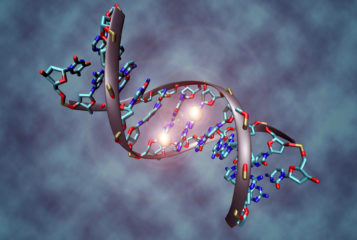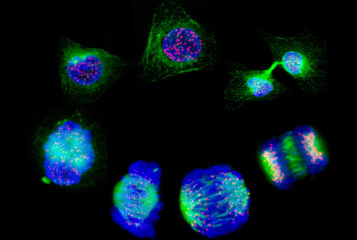BRCA testing offered to people of Jewish heritage
People with Jewish ancestry, who are more likely to carry a genetic risk of developing some cancers, will be offered genetic testing through a new programme announced by the NHS in England...

by Zoe Beketova
People with Jewish ancestry, who are more likely to carry a genetic risk of developing some cancers, will be offered genetic testing through a new programme announced by the NHS in England...

A comprehensive map of genetic vulnerabilities in cancer has revealed targets for the development of novel anti-cancer drugs...

The National Institute for Health and Care Excellence has recommended the NHS funds olaparib for the maintenance treatment of advanced ovarian cancer in women with BRCA1 and 2 variants and advanced or metastatic prostate cancer in men...

The BBC Radio 4 podcast series explores the aftermath of different individual's decision to take an at-home DNA test...

by Yan Lau
A DNA repair pathway has been revealed to be dependent on an enzyme linked with hereditary breast cancer, ovarian cancer, and prostate cancer...

by Jen Willows
A new epigenomic blood test may distinguish between cancerous and benign ovarian tumours with greater accuracy than current tests...

Researchers have found that counselling before or after taking a genetic test to assess the risk of developing ovarian or breast cancer does not reduce distress, anxiety or depression...


by Sophie Peet
Some genetic testing comes with some risk that it will make it difficult for an individual to access some forms of insurance in the UK. Here Sophie Peet asks how regulation of this should be changed to keep pace with changes in genomics and our understanding of discrimination…

Removing additional chromosomes, or arms of chromosomes, can stop cancer cells' ability to form tumours...
BioNews, published by the Progress Educational Trust (PET), provides news and comment on genetics, assisted conception, embryo/stem cell research and related areas.

